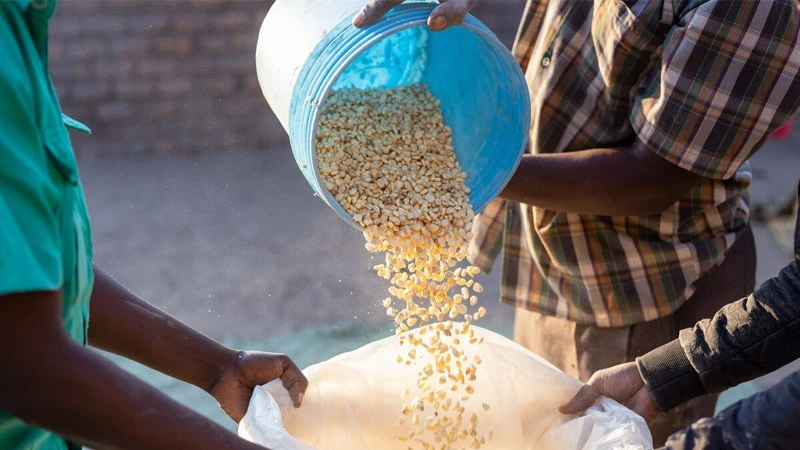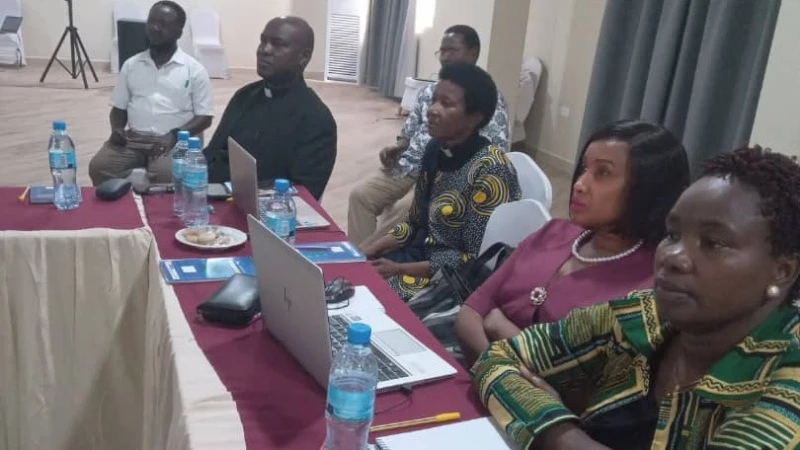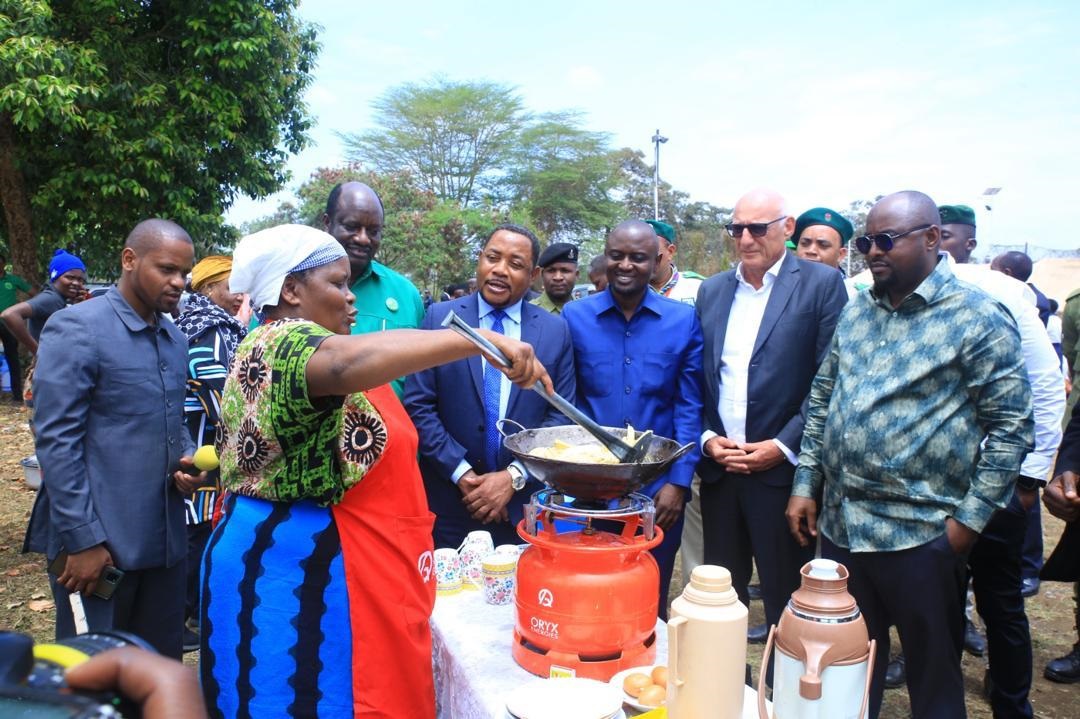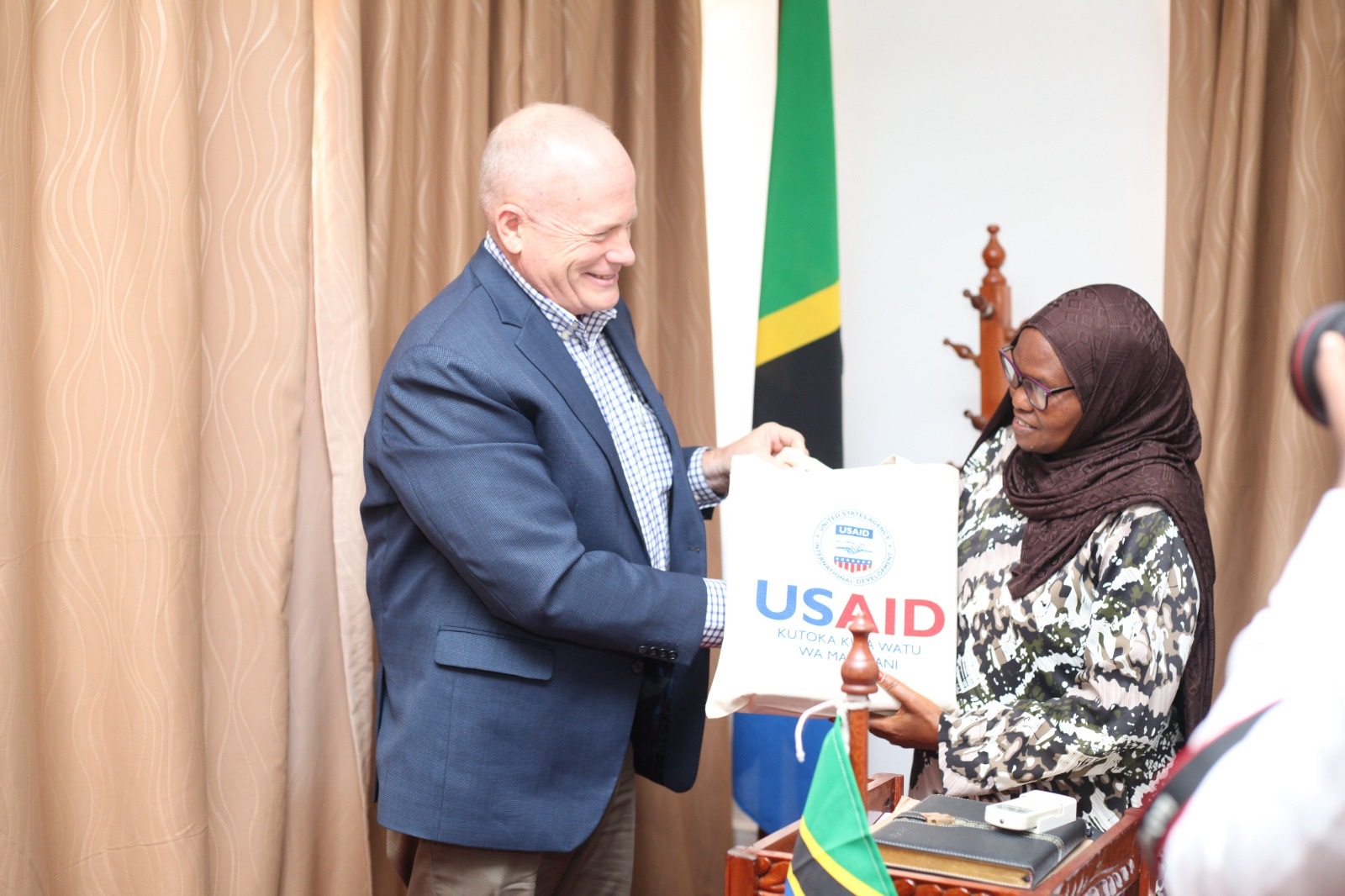Initiative to curb post-harvest losses launched

POST-HARVEST loss is among major challenges facing small-holder farmers in many countries including Tanzania, the country with many of them choosing to sell their produce soon after they harvest to avoid losses.
The Ministry of Agriculture estimates that small farmers lose between 15 percent and 40 percent of their harvests each year to mold, mildew, bugs, rats and other causes which threaten food insecurity.
To help overcome the challenge, the Sustainable Agriculture Tanzania has embarked on a special Post-Harvest Management (PHM) project to capacitate farmers with knowledge, skills and techniques on how to protect their produce after harvest in Mvomero and Gairo districts in Morogoro as well as Chamwino and Kongwa districts in Dodoma.
In a recently meeting that brought together leaders of small-scale farmers from various villages in Morogoro and Dodoma Revocatus Kisendi, PHM project manager said the programme which commenced early this year and until December, 2026 is set to revolutionise post-harvest management and boost incomes and livelihoods of small-scale farmers.
He said the initiative, which firstly started by conducting a participatory research, will greatly help improve management and post-harvest handling of cereals among farmers in the country.
According to her, the study conducted found the use of hermetic storage in particular hermetic bags will greatly help prevent post-harvest losses, boost incomes and food security.
The research demonstrated the effectiveness of hermetic bags in reducing postharvest losses by over 90percent and indicated that access to hermetic storage bags led smallholder farmers to store for longer periods, sell at higher prices, and shift consumption away from market sources to their own stock.
Massawe noted that smallholder farmers typically store grains after harvest for household consumption and as seeds. Traditionally, grains are stored in earthen pots, bamboo baskets, and other indigenous storage structures which are not insect-, pest- or moisture-proof, and cause losses, both through a direct loss of grain for consumption and in indirect losses of quality and nutritional value.
“The purpose is to have a relatively faster multiplier effect on the PHM knowledge among farmers, thus reducing the current observed grain post-harvest loss levels substantively through the promotion of knowledge and adoption of the use of hermetic bags as a reliable technology for grain storage. This will also ensure the availability of enough healthy food in the respective areas,” she explained.
The three-year project (2024-2026), is implemented in collaboration with the Institute of Science and Technology (ISTP), Helvetas Tanzania, the University of Zurich (UZH), and the Sokoine University of Agriculture (SUA) with support from Liechtenstein Development Service (LED) and Symphαsis.
Some of the farmers expressed their gratitude to the stakeholders for coming up with the initiative to support them with training on how to manage post-harvest loss but also inform them about the best storage materials such as hermetic bags.
“In the past, we used to store our produce in normal bags; we would buy them even two times a year because we faced the risk of losing harvests to pest invasion. But since the introduction of this new technology, using the hermetic storage bags, we are not incurring huge costs anymore to buy chemicals to preserve the crops,” said Monica Madebe, a farmer from Chingholwe Village in Gairo District, Morogoro Region.
She said that she was introduced to the hermetic bags three years ago when she and fellow farmers were trained by SAT on the technology and later bought the bags which have proven efficient ingrain storage.
“I remember I bought four bags at 4000/-each and stored my maize there, they have stayed and remained with its quality even after many months, sometime I can store the maize for two years and no insect destroy them, So the technology has helped reduce costs of purchasing chemicals and other fumigants to protect our produce,” she said.
Luka Chihala, a farmer from ChiweVillage in Kongwa District, Morogoro Region said the bags keep grain dry and fresh, and keep bugs and mold out.
“At first, farmers were afraid to adopt the bags but after going through an intensive training from experts to assures of the safety and quality of the bags, many of us bought and started to store our maize and other produce and we can testify that they are the best as we have now forgotten the use of chemicals,” he said.
He was echoed by Jeremia Mkunda, a farmer from Kiwipipa Village in Gairo said he used to spend a lot of cash on pesticides to preserve his maize but the new bags cut that cost.
Ally Solly, one of the suppliers of the bags said with the rapid technological changes, initiatives to adopt proven tech solutions to help boost yields and fight post-harvest is something which should be given major priority by the government and stakeholders.
He urged farmers, especially those in remote areas to join in groups in order to be able to access the hermetic bags easily and affordably during the harvesting period.
Antusa Massawe, programme manager from SAT hermetic bag technology intervention, had the potential to help smallholders in our study maintain grain quantity during storage by protecting them from average and extreme losses, while also preserving quality by eliminating the need for storage of chemical insecticides.
Top Headlines
© 2024 IPPMEDIA.COM. ALL RIGHTS RESERVED

























